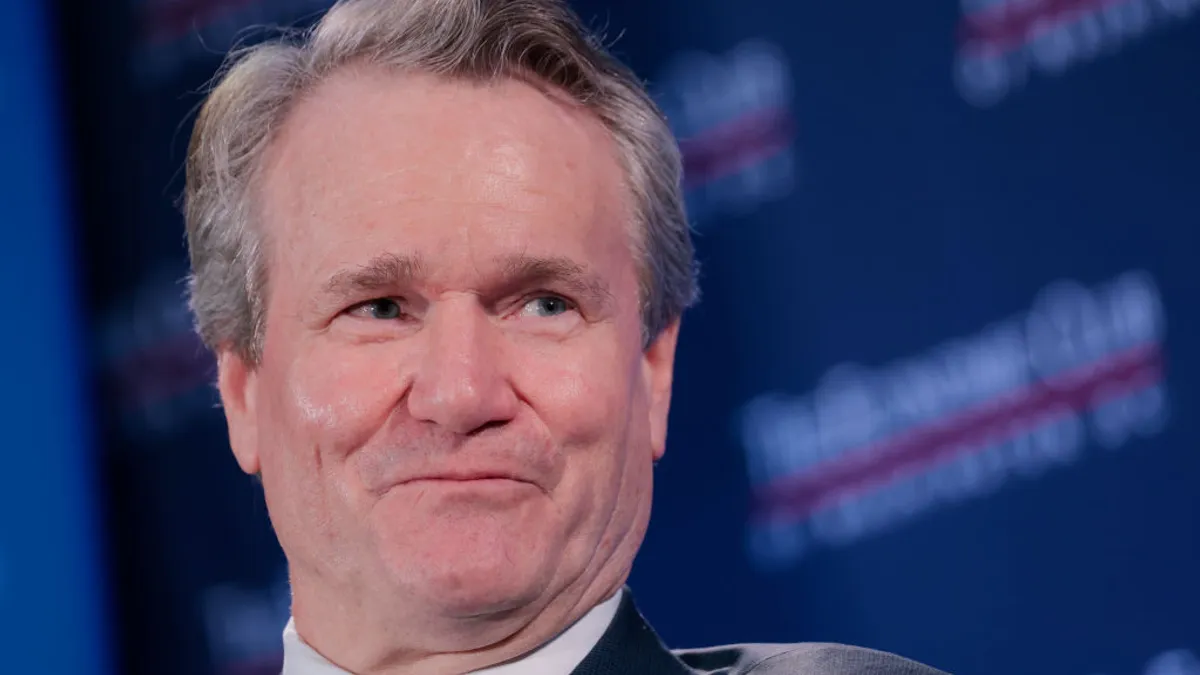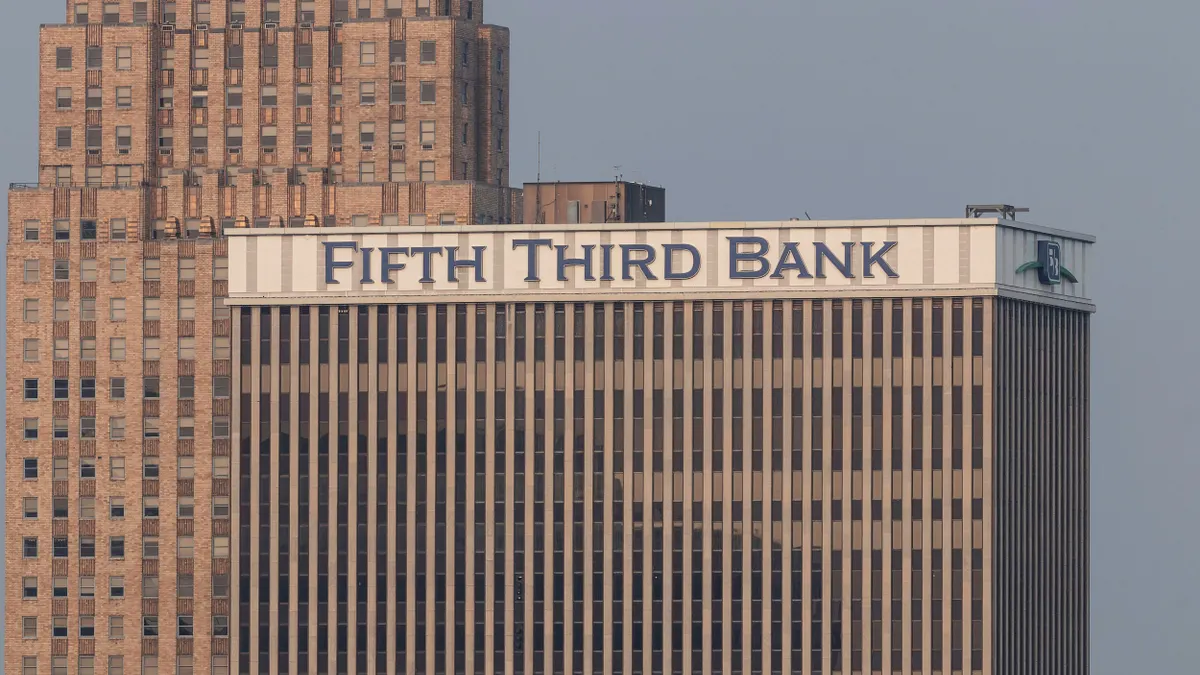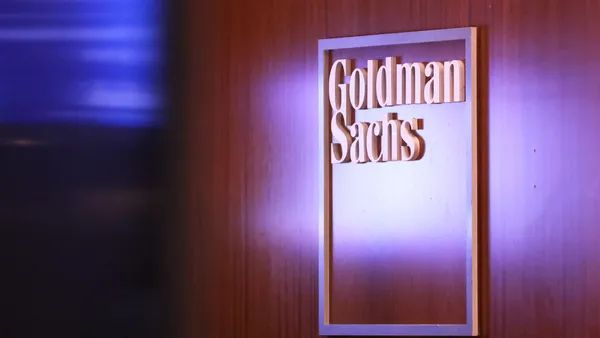Amid Capitol Hill and corporate buzz around stablecoins, big bank CEOs this week conveyed they won’t be left behind in the stablecoin space, although there’s still plenty to figure out as it relates to the burgeoning cryptocurrency.
After the Senate passed the GENIUS Act in June, the House this week has prepared for a vote on legislation that would regulate the stablecoin industry.
That timing had executives at large banks reporting second-quarter earnings this week facing questions about their organizations’ potential involvement in the stablecoin ecosystem, including whether a Zelle-style bank group may develop with interoperability in mind. Stablecoin refers to a type of cryptocurrency whose value is pegged to fiat currency, such as the U.S. dollar.
JPMorgan Chase CEO Jamie Dimon on Tuesday said the biggest U.S. bank will be involved in both JPMorgan deposit coin and stablecoins, “to understand it and be good at it.”
“I think they’re real, but I don’t know why you’d want a stablecoin as opposed to just a payment,” Dimon mused. But given fintechs’ activity in the space, “we have to be cognizant of that, and the way to be cognizant is to be involved. So we’re going to be in it and learning a lot.”
Analysts on New York-based JPMorgan and Bank of America earnings calls asked about the potential for a bank consortium like Zelle, the peer-to-peer payment platform, to ward off the competitive threat from stablecoin companies like Circle, as the banks did to respond to PayPal’s Venmo and Block’s Cash App.
Dimon said that raises a great point, “and we’ll leave it remaining as a question.”
“You can assume we’re thinking about all that,” Dimon added.
Bank of America CEO Brian Moynihan said Wednesday he expects to see such a network, as well as banks moving individually, on the commercial side in particular.
“You need networks to make this all work,” he said. “It’ll be a complex array, and hopefully not complex for the customer.”
When it comes to stablecoins as a transactional device, Moynihan told analysts to expect the industry and the Charlotte, North Carolina-based company to be involved. “We’ll be there, just like we were there when we moved from checks to Zelle,” he said.
However, “we’re still trying to figure out how big or small it is,” he said. Business cases are “still to be proven, frankly.”
BofA, the second-largest lender in the U.S., moves up to $4 trillion each day, 99% of it digitally, so the bank is trying to parse out any improvements using stablecoins would present, he said.
“Clients aren’t knocking on our door and saying please give me this right now,” Moynihan said.
Plus, “if you’re going to go to customer-facing activity in this area, we had to make sure we had legal clarity,” which is still being sorted out, he said.
New York-based Citi is mulling issuing its own stablecoin, CEO Jane Fraser said Tuesday when the bank reported second-quarter earnings. The $2.6 trillion-asset bank is “very active” in the tokenized deposit space and will offer custodial solutions for crypto assets, she said.
“This is a good opportunity for us,” Fraser said.
U.S. Bank CEO Gunjan Kedia on Thursday said stablecoin use cases discussed today are largely cross-border and institutional in nature – not a big business for the lender. “We do not expect it to be sort of material to our payments business any time soon,” she said.
If it does become a consumer, peer-to-peer-type product, “then it would compete with treasury management services,” she noted.
The Minneapolis-based super-regional is “quite ready” to pilot its own stablecoin, with the first focus being interoperability within the banking system, Kedia said.
Still, “there are a lot of things to be yet sorted out, both from a technology standpoint and the market structure,” she said. “At this point, we are quite ready to participate in it, quite ready to engage in the industry discussions around stablecoins, but not anticipating immediate revenue impact to any of our businesses.”
New York-based Morgan Stanley is also closely tracking stablecoin developments, CFO Sharon Yeshaya said Wednesday. “We're looking both at the landscape, the uses, and the potential uses for our own client base,” she said. “It really is a little early to tell, especially for the businesses we run versus businesses that you might see from competitors, on how a stablecoin would play in.”













